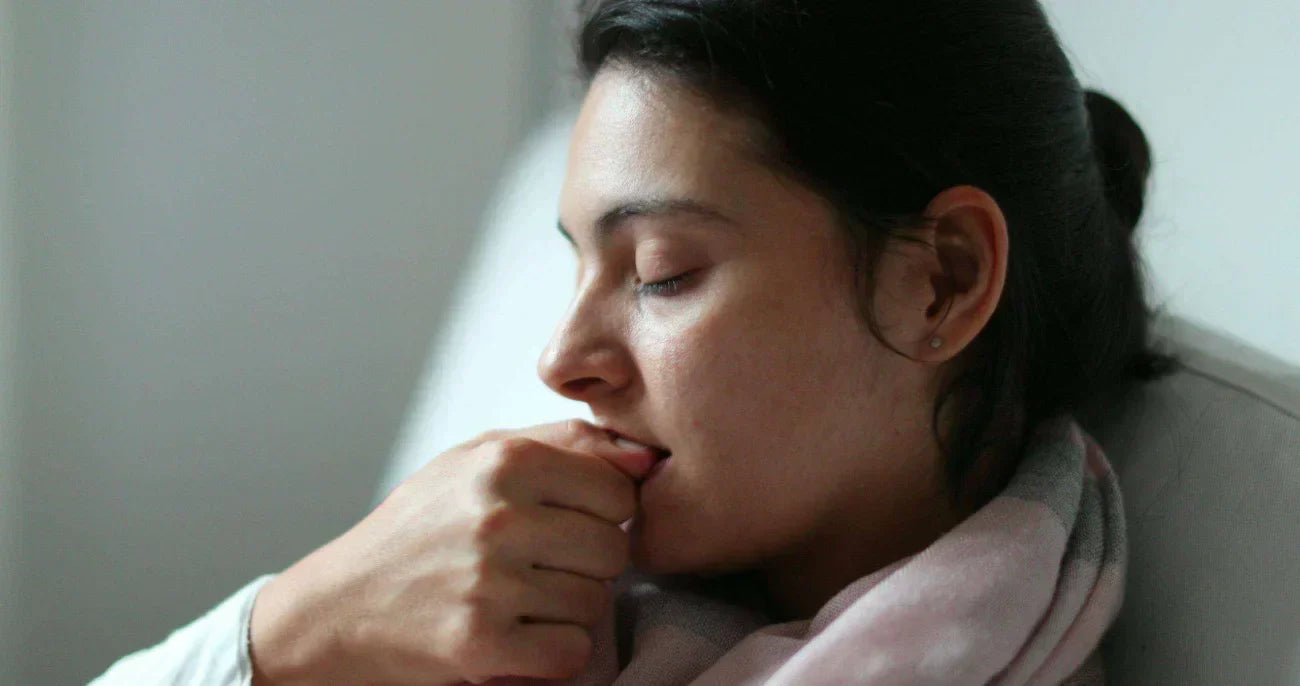If your doctor has ordered a breast biopsy, you may have many concerns. For example, one of the things you may need to know is that this procedure is fairly quick, usually taking about 30 minutes. Also, the results are very important in determining any possible problems with your breasts (1).
Fear not! Here is some information about this procedure so that you can be reassured and know what to do before and after.
What is a breast biopsy and when is it usually required?
A breast biopsy is a test that is performed if there are changes in your breast tissue that may raise suspicion of cancer. During the procedure, a small sample of tissue is taken. This sample is then taken to a laboratory for analysis to obtain accurate information about the health of your breasts (1). Some of these changes in your breast tissue may manifest as follows (1,2):
- Breast lumps
- Orange peel
- Swelling or thickening of the skin
- Nipple soreness
- Nipple discharge
For this reason, it is essential that women in their 40s and during menopause regularly perform breast self-examination, mammography and go for a breast ultrasound, when your doctors advises. These are key to early detection of possible changes in your breasts and, consequently, increase the chances of successful treatment. Prevention is the best way to take care of your breast health (1,3).
Different types of breast biopsy

Depending on the changes in your breast tissue or the result of the mammogram or ultrasound, you may be advised to have different types of biopsies. The most common types of biopsy are (3):
- Fine needle aspiration: a small needle is placed into the lump in your breast and fluid or tissue is removed. No cutting is done, only the puncture.
- Core needle: a large needle is inserted into the lump and small tissue samples are removed.
- Open: in this case, a surgical cut is made in the breast to be studied in order to extract a small sample.
- Stereotactic: performed with the aid of a computer to find the site of the lump and take the sample from the correct place.
- Vacuum-assisted central vacuum: an ultrasound or X-ray-guided probe is inserted. A device is inserted through the probe to cut and collect small tissue samples.
Recommendations for your breast biopsy
There are some considerations you should take into account before and after the procedure. Here are the key ones:
Pre-procedure
Before performing your breast biopsy you need to (4):
- Tell your health care provider about your current medical treatment. Some medications such as anticoagulants may cause bleeding at the time of the biopsy.
- Keep in mind that even though your doctor will give you anesthesia, you may feel uncomfortable during the procedure and feel compression in your chest. If you feel pain during the procedure, report it to your doctor.
- Note that the doctor may need to take tissue samples from different areas of the breast and armpit.
Aftercare
After your exam make sure to (5,6):
- Keep any bandages left on biopsy sites dry.
- Remove the gauze according to the time indicated by your doctor.
- Shower as normal.
- Use only painkillers that have been prescribed by your doctor. You may have bruising and some soreness.
- Waiting for the results. The time it takes to get biopsy results varies depending on the type of biopsy and the laboratory where the sample is sent. You should wait patiently for the results and be sure to follow your doctor's recommendations.
Keep in mind that this procedure is extremely important. So make sure you keep your breast biopsy appointment. And follow the recommendations you have been given beforehand. Remember that here you can also find information about menopausal symptoms such as excessive sweating, hot flushes and many more.
References
- NHS Choices. Diagnosis - Breast cancer in women
. 2023 . Available from: https://www.nhs.uk/conditions/breast-cancer/diagnosis/
- CDC. What Are the Symptoms of Breast Cancer?
. 2022 . Available from: https://www.cdc.gov/cancer/breast/basic_info/symptoms.htm
- Hopkinsmedicine.org. Breast Biopsy
. 2021 . Available from: https://www.hopkinsmedicine.org/health/treatment-tests-and-therapies/breast-biopsy
- Cambridge University Hospitals. Diagnostic vacuum breast biopsy
. 2021 . Available from: https://www.cuh.nhs.uk/patient-information/diagnostic-vacuum-breast-biopsy/
- Cambridge University Hospitals. Breast needle biopsy: what happens next?
. 2021 . Available from: https://www.cuh.nhs.uk/patient-information/breast-needle-biopsy-what-happens-next/
- NHS, University Hospitals Coventry and Warwickshire. Patient Information Breast Screening / Radiology Breast Biopsy
. 2022 . Available from: https://www.uhcw.nhs.uk/download/clientfiles/files/Patient%20Information%20Leaflets/Clinical%20Diagnostic%20Services/Radiology/Interventional/Breast%20Biopsy.pdf
You May Also Like

JOIN US AND GET 10% OFF
Sign up to our newsletter to access free resources, advice and support.















